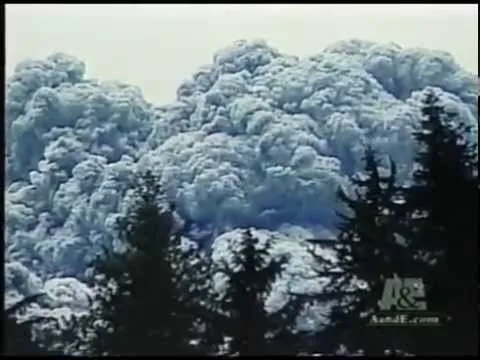Ever since moving to the Pacific Northwest last winter, my husband and I have been eager to visit the Mt. Saint Helens National Volcanic Monument in southwest Washington state. A few days ago, with the weather forecast promising clear skies and not too hot, we packed a picnic lunch and headed south.
Mt. Saint Helens is famous for the catastrophic eruption that blew 1300 feet off the mountain's summit in May of 1980 and reduced hundreds of square miles of surrounding forest to ash-choked rubble. It was "the deadliest and most economically destructive volcanic event in the history of the United States." (wikipedia)
 {photo by Austin Post via wikipedia, public domain}
{photo by Austin Post via wikipedia, public domain}
The Monument was established in 1982, designating 110,000 acres around Mount St Helens for research, recreation, and education. It's well worth the 52 mile drive from Interstate 5 to the Johnston Observatory at the end of the road. There are multiple scenic overlooks and other places to stop along the way.
From the Forest Learning Center, perched on the steep forest slope about 20 miles from the mountain, there's a great view of the river valley below…
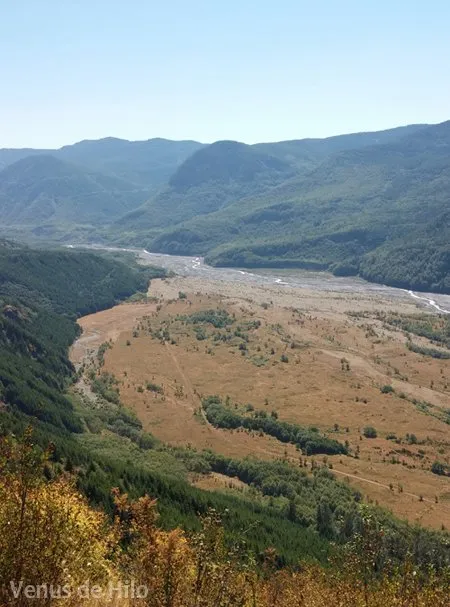
… and a glimpse of the volcano rising above the forest to the east:
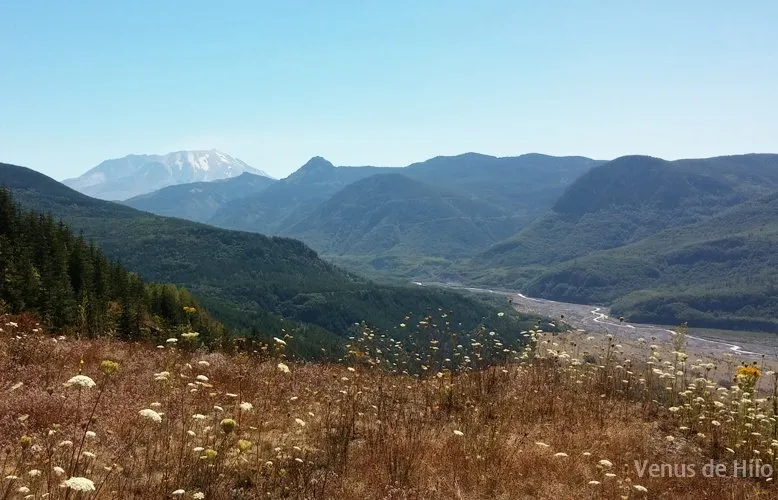
Each of the overlooks along the way is worth a stop as you approach the sleeping mountain.
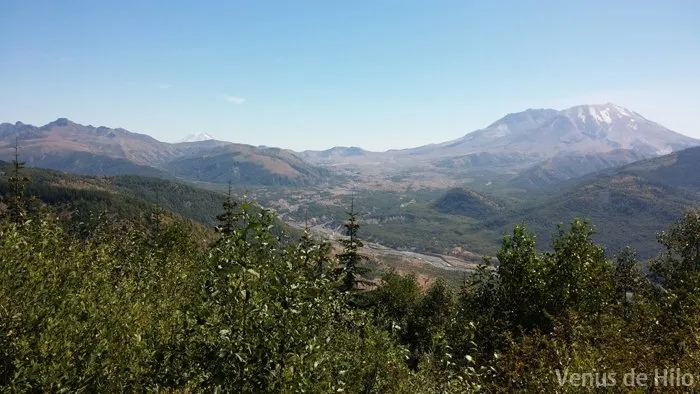
From the Johnston Observatory at the end of the road, the mammoth crater is clearly visible, and you can trace the route that meltwater has carved through the mud and ash deposited hundreds of feet deep in the valley:
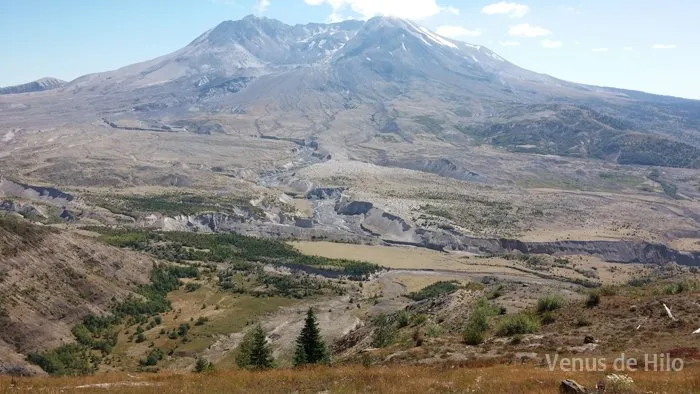
Thirty-six years after the eruption, trees, grasses, and wildflowers are reclaiming the landscape, while fallen tree trunks still litter the slopes:

There are many hiking trails around the volcano (we only ventured a little way, it was hot), and beautiful lakes nestled in the surrounding landscape.

We stopped at Coldwater Lake after visiting the mountain. I'll share more pics in my next post.
Mt. Saint Helens was back in the news earlier this summer, with reports of increased seismic activity, a precursor to future eruptions. She's sure to erupt again, whether next week or not for another hundred years, only time will tell. We hope she'll stay asleep a while longer, so we can visit again and explore more of this very special place.
More info, for the curious:
Lovely panoramic shot of the crater rim here: https://en.wikipedia.org/wiki/Mount_St._Helens
About the 1980 explosion: https://en.wikipedia.org/wiki/1980_eruption_of_Mount_St._Helens
